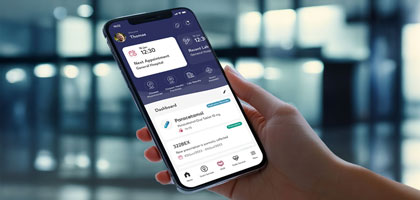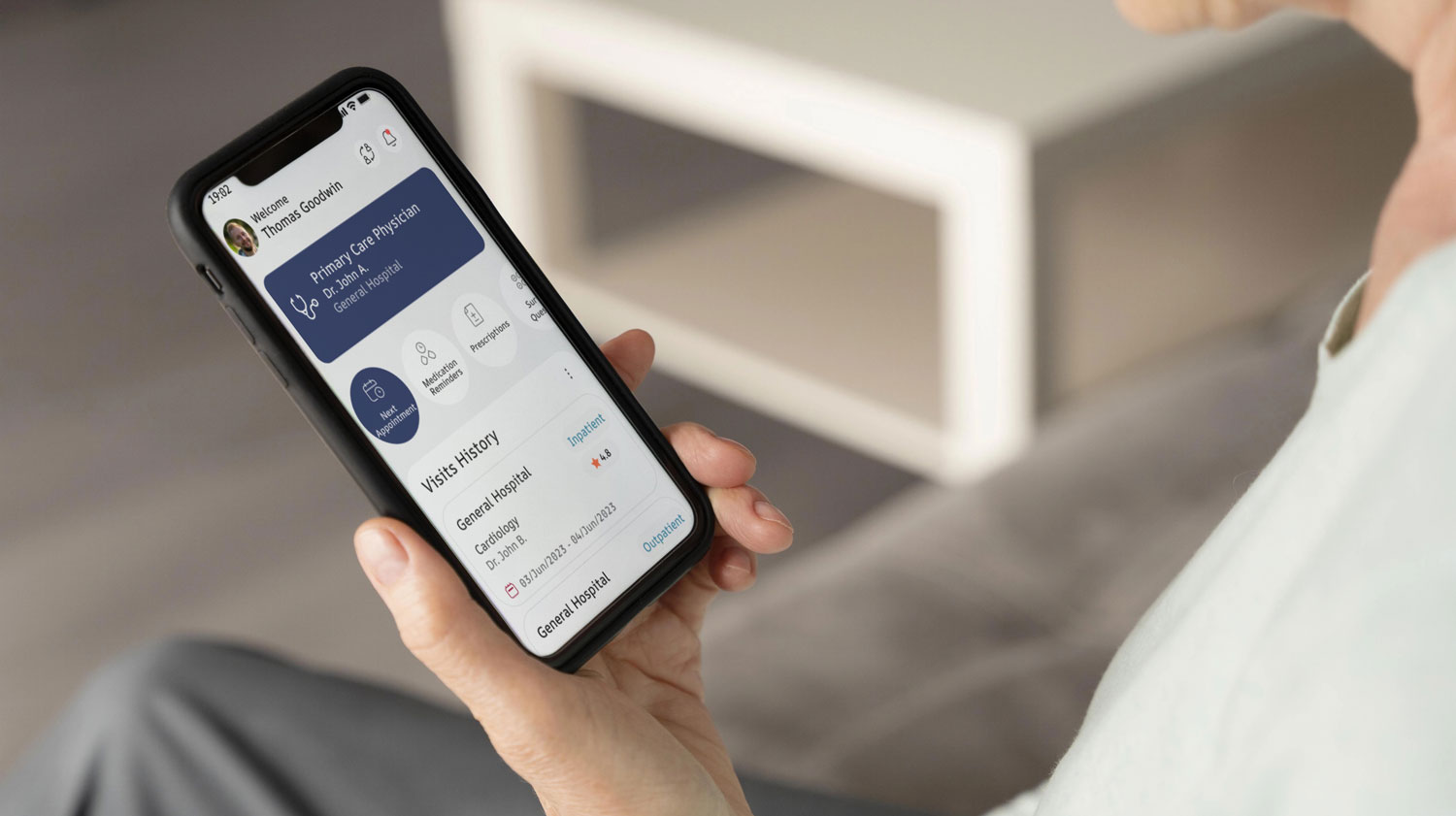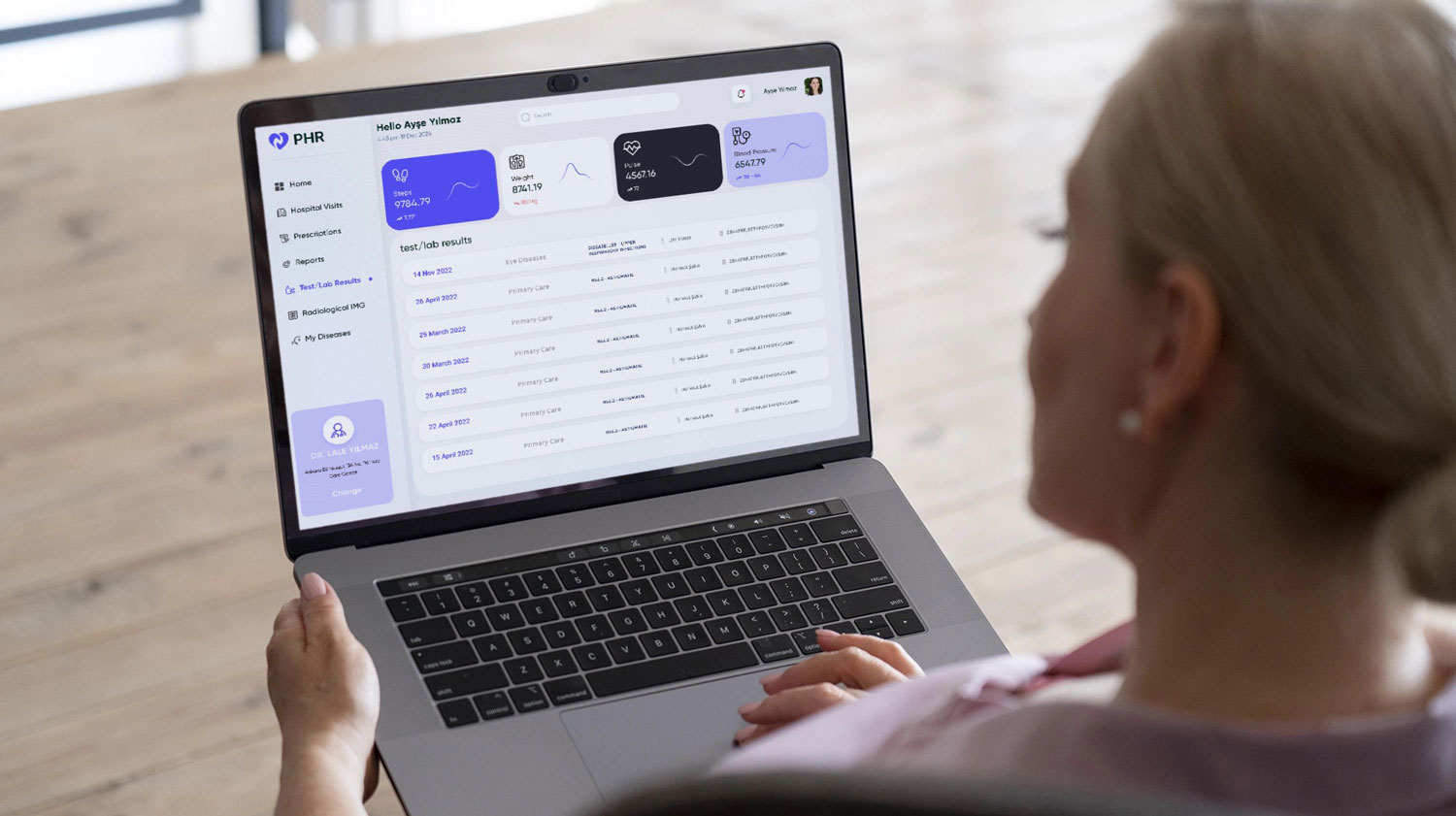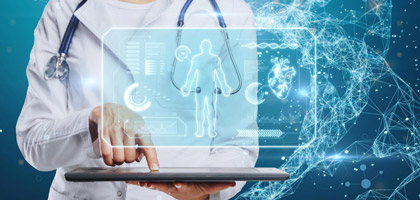
Blog
What Are the Benefits of Patient Portal?
The healthcare industry is undergoing a significant digital transformation which includes the increased adoption and use of patient portals and electronic health records (EHRs). As vital tools for patient engagement and empowerment, patient portals have the power of improving healthcare outcomes and experiences for patients, healthcare professionals and providers.
According to the Office of the National Coordinator for Health Information Technology (ONC), about 3 in 5 individuals accessed their EHRs or patient portals in 2022. Also, the use of patient portal applications increased between 2020 and 2022. In line with this trend, a 2020 article, titled ‘Using Electronic Health Record Portals to Improve Patient Engagement: Research Priorities and Best Practices,’ states that approximately 90% of U.S. healthcare systems and providers offer patient portals for the access to EHR data. The uptrend indicates that patients are gradually becoming more engaged in their care through the use of healthcare information technologies. To understand the growing awareness of individuals about accessing their health data and explore the benefits of patient portals, you are at the right place! In this blog, we answer the question of ‘‘Why are patient portals important?’’ by explaining the advantages of patient portals for patients, healthcare professionals and providers.

What is a Patient Portal?
A patient portal is a secure website or mobile application providing patients with 24/7 access to their personal health information from anywhere with an internet connection. Patients can also use the portal to communicate with healthcare professionals, schedule appointments with family physicians, hospitals, vaccination centers and dental clinics and request prescription refills. These portals are typically integrated with EHRs involving medical history, current health conditions, laboratory results, reports, radiological images, prescriptions and medications, past hospital visits and more.
As one of the innovative healthcare management solutions, patient portals are classified into two main categories:
- Standalone Portals: These portals are independent platforms provided by hospitals or clinics which allow patients access their data within that healthcare system.
- Integrated Portals: These portals are connected directly with EHR systems, allowing patients to view their comprehensive health data across multiple healthcare providers and organizations.
Regardless of the type, the main goal of a patient portal is to transform individuals into active participants in their healthcare journey by offering convenient access to personal health information and other resources like insurance information and reminders.

Key Benefits of Patient Portals
As many people realize the pivotal role of patient portals in improving patient access to electronic medical records, their benefits become concrete. In this section, we discuss the key advantages of patient portals for all healthcare stakeholders.
Instant Access to Electronic Health Records (EHRs)
These portals provide patients with immediate access to their EHRs, empowering them to monitor and manage their own health information. Through a patient portal, people can view their test results, medications, treatment plans and other records from any mobile device easily, securely and privately. This real-time data access helps patients stay updated about their health status, reducing dependency on phone calls and in-person visits for getting information. Moreover, individuals can track their progress and make informed healthcare decisions via these portals.
Secure Communication with Healthcare Professionals and Providers
Patient portals enable a two-way communication channel between patients and their healthcare professionals and providers. Most of the portals have secure messaging feature; people can send messages, request prescription refills and receive medical advice via the encrypted messaging infrastructure of these portals. This feature increases patient engagement and satisfaction while strengthening doctor-patient relationships and ensuring timely responses to health concerns.
Efficient Appointment Scheduling and Management
Patients can effortlessly schedule, reschedule or cancel appointments through the patient portal without calling the providers’ offices or going to the healthcare facility. These portals’ automated reminders for appointments reduce no-show rates and improve the overall patient experience by contributing to better time management. Also, the portals’ integration with calendars guarantees flawless tracking of medical visits.

Remote Monitoring and Telehealth Integration
Some portals are integrated with remote monitoring devices like pedometers and smartwatches. Through the integration with these devices and other wearable technologies, individuals can share their data with healthcare professionals continuously. In addition to the integration, these portals facilitate virtual visits and video consultations, enabling patients to receive medical care remotely. This advantage is very crucial for people with limited mobility or chronic conditions such as diabetes and hypertension and individuals who reside in rural areas with insufficient healthcare access. These people can share their data with their doctors or relatives real-timely and get medical interventions without delay by using these portals.
Reduced Administrative Burden and Enhanced Record-Keeping
By digitalizing medical records, these portals minimize paperwork and reduce the workload for healthcare staff. Patients can easily update their information, complete forms online and manage insurance details on the portals, reducing the time and effort required for manual record-keeping. This advanced record-keeping ensures that critical patient data remains accurate and up-to-date while improving medical workflows’ overall efficiency.
These are the core benefits, but patient portals also offer additional advantages such as enabling faster and more efficient access to healthcare services, improving continuity of care and allowing for more seamless integration across different healthcare providers. They empower patients to take greater control over their health management, enhancing self-care and adherence to treatment plans. Furthermore, these portals increase patient satisfaction by providing more convenient access to health information and reducing wait times. They also contribute to more accurate and timely medical interventions by improving the coordination between healthcare professionals, reducing errors and facilitating better follow-up care. Additionally, patient portals support better health outcomes through data-driven insights, enabling proactive health management and early detection of potential issues.

Key Considerations for Patient Portals
While patient portals undoubtedly offer a range of noteworthy benefits, they also come with certain challenges that need to be addressed for their widespread adoption and use.
Security and privacy are essential factors to consider when implementing and using these portals. Comprehensive security measures like multi-factor authentication, encryption and regular security audits must be in place to prevent unauthorized access and protect sensitive health information. Additionally, these portals must be compliant with relevant data privacy regulations such as HIPAA and GDPR to ensure the confidentiality of patients’ data.
Another critical consideration is the usability and accessibility of these portals. To support individuals of all ages and technical proficiencies, user-friendly interfaces must be designed. Furthermore, appropriate connectivity with existing healthcare IT infrastructure must be ensured for seamless interoperability.
For increasing the adoption of these portals, existing and potential users must be educated about the functionalities and benefits of patient portals. Regular training and awareness campaigns can empower people to utilize these portals effectively to manage their health.

As one of innovative and life-saving health information management solutions, patient portals hold immense potential in transforming healthcare delivery. These technologies empower individuals to take charge of their well-being and improve communication and collaboration between patients and healthcare staff.
By embracing a patient-centric approach, we developed our Personal Health Record (PHR) which is an electronic health records system offering access to medical information like medical history, diseases, treatment plans, lab results, reports, radiological images, prescriptions and medications, drug reminders, vaccines and so on anywhere and anytime. In addition to 24/7 access to EHRs, this system enables sharing of real-time health data with both private and public healthcare providers while ensuring data privacy and security standards. With this impactful product, which can be integrated with smart and wearable devices for remote monitoring, we allow individuals to take proactive measures while helping healthcare providers streamline operations and utilize resources efficiently.
Patient portals are not just about convenience; they allow you to gain greater control over your medical journey. The portals deliver smarter, faster and more personalized healthcare experience by eliminating waiting in long queues and struggling with paperwork.
Let’s shape the future together via transformative healthcare IT systems, as always!








